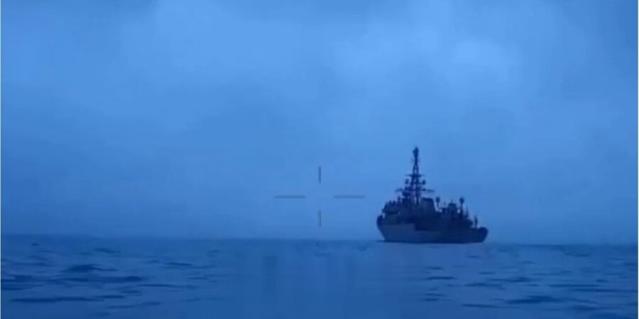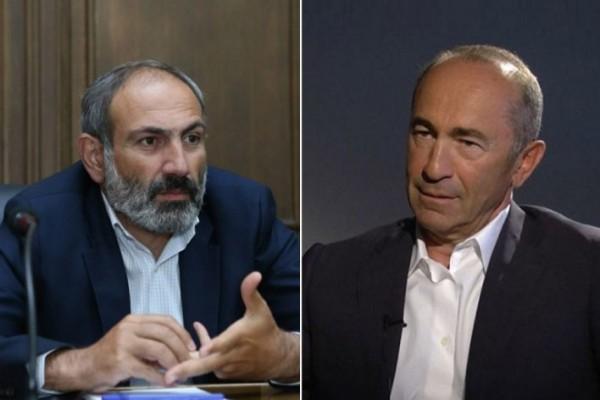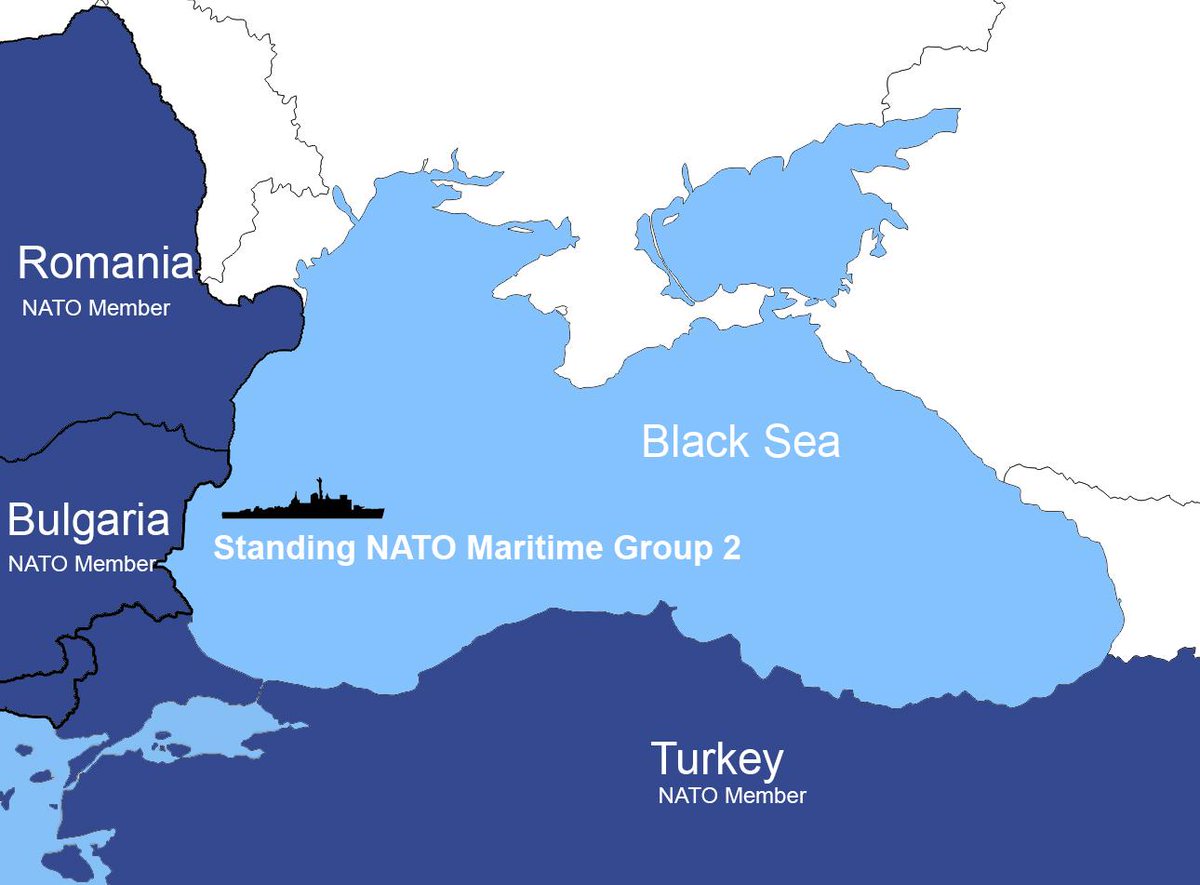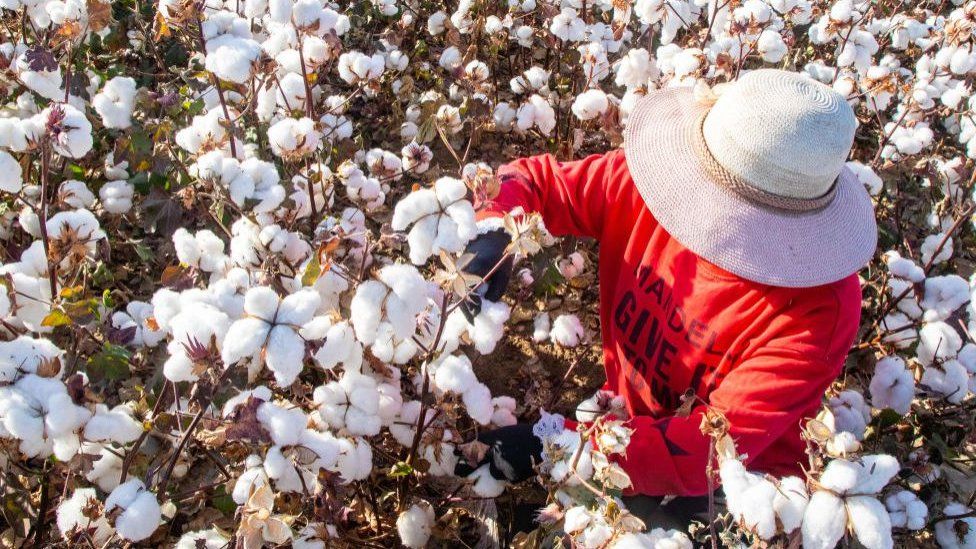
As the Ukraine-Russia war enters into its sixteenth month, reports from the field suggest that the approximately 900 km long line of contact all along southern and eastern Ukraine has been relatively fixated. No news of large-scale military engagements or significant progress of either side has been reported for months. The only exception to that relative ‘stability’ is the ongoing “Battle of Bakhmut” in the east of Ukraine, a battle that has been continuing for almost 10 months. Despite heavy causalities from both sides, neither side has scored significant success so far. At the rear of the frontline, Russia sporadically launches rocket and drone attacks on Ukrainian cities and infrastructure apparently to demoralize the Ukrainian people and weaken their fighting spirit. These attacks are also to preempt and retaliate against the Ukrainian counter-attacks. The Ukrainian side talks back by occasionally firing its rockets and drones into occupied Crimea and the Russian territory in the vicinity of the Ukraine-Russia border. Although Kyiv denies its involvement, the assassination of several warmongering pro-Kremlin public figures, strikes on the military bases inside of Russia, and hit-and-run type cross-border incursions, the last example of which was the "Belgorod raid" on May 26th, may be the other offensive operations of Kyiv. At the international level, the ‘Collective West’ continues its sanctions policy against Russia, though the utility of this policy remains questionable.[1] In addition, the ‘Collective West’ also continues providing Ukraine with humanitarian and military support. Recently, the US, the UK, and some other Western countries announced their commitment to supply Ukraine with F16 fighter jets. Meantime, talks about the Ukrainian spring counter-offensive are still going, though spring has already given its way to summer.
Against this background, the Ukrainian attack on the Russian reconnaissance ship Ivan Khurs on May 24th drew attention to the Black Sea, a 436,402 km2 inland sea bordered by Ukraine, Russia, Georgia, Türkiye, Bulgaria, and Romania. According to media reports, Ivan Khurs was attacked at the southwest of the Black Sea by three Ukrainian drone boats (unmanned surface vessel-USV) while sailing within the exclusive economic zone of Türkiye. The ship returned to its base in Sevastopol in occupied Crimea the next day.
Ivan Khurs is one of the newest and most advanced vessels of the Russian Navy. It entered into service in 2018. It is a reconnaissance (intelligence) ship, not a battleship that was designed for combat. Its task is to provide communications and fleet control/management and to conduct electronic intelligence and electronic warfare (also against drones). The Ukrainian sources claim that it is one of the only two ships of its kind in the inventory of the Russian Navy. The same sources describe Ivan Khurs as "the eyes of the Black Sea Fleet of the Russian Federation."
Ivan Khurs as a reconnaissance ship as opposed to a battleship was a relatively easy target for Ukraine. This might be one of the reasons why Kyiv chose this ship as the target. Yet, it would be wrong to think that Kyiv's sole purpose was to collect some easy points. Here, the critical point is that the Ivan Khurs was carrying out the important tasks of managing the entire Russian Black Sea fleet, conducting electronic warfare (importantly also against drone attacks), and surveillance. Powering it down provides the Ukrainian side with more opportunities to inflict blows on the Russian fleet in the Black Sea. This might be an important aspect of the attack particularly when talks about the Ukrainian spring counter-offensive have been going on for some time.
The Russian media quoted Russian experts claiming that the attack was carried out with Western-made drones operated with the help of the US-made Starlink satellite internet modules. Russian media particularly pointed out the UK as the orchestrator of the attack. Upon this allegation, it was further argued that an “undeclared batch of new Western-made maritime unmanned vehicles” were given to Ukraine by Western countries.
The allegations about the ‘Western finger’ in this attack are by no means surprising, and to be honest, neither are they nonsensical. As mentioned above, the ‘Collective West’ does not hide its military support to Ukraine by providing it with military hardware. Moreover, it is a 'known secret' that, in addition to declared transactions, some Western countries provide Ukraine with different types of weapons and military arsenal without declaring it publicly. The leak of alleged US classified information in April this year also showed that a number of special force members from Western countries are on the ground in Ukraine. These Western personals are likely to be officiated at operational headquarters. Hence, the possibility of British - or other Western actors' - involvement in the planning and execution of the attack is not out of the question. The truth of the matter is that Moscow's claim that in Ukraine Russia is at war with NATO/West is not just a farce or propaganda discourse.
The location of the attack may also be of interest. It took place 80 nautical miles from Türkiye's Bosporus Strait within the exclusive economic zone of Türkiye. It is worth noting that a well-known Russian media outlet quoted an anonymous “informed source” underlying that the ship was attacked “more than 200 nautical miles from the area of the Russian-Ukrainian conflict.” The same “source” interpreted this as the “continuation of the provocative course of the Anglo-Saxons to escalate and expand” the “geography” of the conflict. All things considered, if one of the reasons of the attack was really to enlarge the war zone, this should ring alarm bells, particularly for Ankara, which sets itself against bringing the war to the Black Sea in order not to compromise the Black Sea security. Accordingly, it is, indeed, important to clarify whether the location of the attack was determined according to operational necessities or whether there were other reasons for this choice, which the Russian “informed source” implies. As to this point, it is known that some circles in the US political and military establishments as well as some Western and Ukrainian strategists and think-tankers aspire after opening a new front against Russia from the Black Sea.
As to the question of Black Sea security, one more thing should also be emphasized. The Russian media reported that Ivan Khurs, which has been on duty in the Black Sea since late April 2023, had the mission to ensure the safety of the TurkStream and the Blue Stream natural gas pipelines between Russia and Türkiye. The ship was also tasked with surface monitoring to provide safety of navigation under the Black Sea Grain Initiative. An important point stressed is the claim that Ivan Khurs was tasked with the protection of the natural gas pipelines in the Black Sea after the sabotage at the Nord Stream pipeline in the Baltic Sea in September 2022 and the “attempted terrorist attack on the South Stream, which was stopped by the FSB.”[2]
About this point, a commentary penned by Stephen Bryen at Asia Times with the title "Drones sent to remove TurkStream pipeline defenses" is eye-catching. Bryen in this commentary alleges that the real target of Kyiv was the TurkStream pipeline, a critical infrastructure that delivers much-needed natural gas to Türkiye (and Hungary) from Russia. It should, however, be highlighted that Bryen provides no solid evidence supporting his claim. Hence, his argument, as such, is only a speculation, which, nonetheless, if proved to be true would cause a major discord between Ankara and Kyiv that would shake regional balances dramatically.
The May 24th incident is not the first Ukrainian attack on the Russian Black Sea fleet. In the very early days of the Ukraine-Russia war, on April 14th, 2022, Ukrainian missiles sank the Moskva warship, the flagship of the Russian Black Sea fleet, to the great embarrassment of the latter. It should also be noted that the two sides battled over the tiny Snake Island on the southwest coast of Ukraine for more than four months until the Russian troops left the island on June 30th, 2022. It is also known that now and again missile attacks targeting Ukrainian cities and infrastructure are launched from Russian warships in the Black Sea.
Yet, until now, the Black Sea has not turned into a hot war zone, mostly thanks to - or from some Ukrainian and Western circles’ point of view, because of – Ankara’s strategic interest to keep the Black Sea ‘battle-free,’ which it succeeded so far by carrying out a ‘balancing policy’ and implementing the relevant clauses of the Montreux Convention that regulates the maritime traffic in and out the Black Sea through the Turkish straits. Without doubt, the continuation of the relative stability and the existing relations and balances in the Black Sea region will ultimately depend on the continuation of the existing ‘status quo’ in the region.
* Photograph: Yahoo News
[2] At this point, an oddity concerning this claim should be underlined; although the attack on the Nord Stream pipeline on 26 September 2022 is a real fact (it should also be noted that the perpetrator of this act is still officially not known. The mainstream Western media and think-tanks point out Russia as the suspect without bringing any sound evidence and also contrary to political-strategic rationality), the alleged attempt on the South Stream pipeline is a highly mysterious one. This is so because in its basics there is no pipeline with this name. If we go back in time to understand this oddity, on 24 November 2022, the Russian intelligence service FSB announced that it "prevented an attempt by Ukrainian special services to commit an act of sabotage and terrorism on the South Stream gas pipeline supplying energy resources to Turkey and Europe." What is whimsical here is that the South Stream gas pipeline was a project to bring Russian gas to Europe via Bulgaria through the Black Sea. The project was announced in 2007 but was called off in 2014. Following the cancelation of the South Stream, talks for the Turk Stream began and its construction was started in 2017.
© 2009-2025 Center for Eurasian Studies (AVİM) All Rights Reserved

 YET ANOTHER ARMENIA-DIASPORA SUMMIT: CONSTANT DEJA VU
YET ANOTHER ARMENIA-DIASPORA SUMMIT: CONSTANT DEJA VU
 DEVELOPMENTS IN POST-2020 KARABAKH WAR ARMENIA AND THEIR IMPLICATIONS - II: THE BRAWL BETWEEN PASHINYAN AND THE GENERAL STAFF
DEVELOPMENTS IN POST-2020 KARABAKH WAR ARMENIA AND THEIR IMPLICATIONS - II: THE BRAWL BETWEEN PASHINYAN AND THE GENERAL STAFF
 "RUSSIA USING the ‘ARMENIAN CARD’" - COMMENTARY PUBLISHED IN HURRIYET DAILY NEWS
"RUSSIA USING the ‘ARMENIAN CARD’" - COMMENTARY PUBLISHED IN HURRIYET DAILY NEWS
 THE 20 JUNE 2021 SNAP PARLIAMENTARY ELECTIONS IN ARMENIA - II: FORECASTS ON POST-ELECTION DEVELOPMENTS IN ARMENIAN POLITICS
THE 20 JUNE 2021 SNAP PARLIAMENTARY ELECTIONS IN ARMENIA - II: FORECASTS ON POST-ELECTION DEVELOPMENTS IN ARMENIAN POLITICS
 THE US’ BLACK SEA STRATEGY AND TÜRKİYE FACTOR
THE US’ BLACK SEA STRATEGY AND TÜRKİYE FACTOR
EXPECTATION OF CONDOLONCE
 THE ARMENIAN PRESS IS MAKING FALSE NEWS
THE ARMENIAN PRESS IS MAKING FALSE NEWS
 EUROPEAN PARLIAMENT’S REPORT ON TÜRKİYE IN 2022 IS NOT SURPRISING ONCE AGAIN
EUROPEAN PARLIAMENT’S REPORT ON TÜRKİYE IN 2022 IS NOT SURPRISING ONCE AGAIN
 AN OVERVIEW OF THE LATEST NEWS: WHAT IS THE WORLD SAYING FOR UYGHURS IN CHINA?
AN OVERVIEW OF THE LATEST NEWS: WHAT IS THE WORLD SAYING FOR UYGHURS IN CHINA?
 MONUMENT TO BE RAISED IN MEMORY OF THE MARTYS OF THE MINISTRY OF FOREIGN AFFAIRS OF TURKEY
MONUMENT TO BE RAISED IN MEMORY OF THE MARTYS OF THE MINISTRY OF FOREIGN AFFAIRS OF TURKEY




























